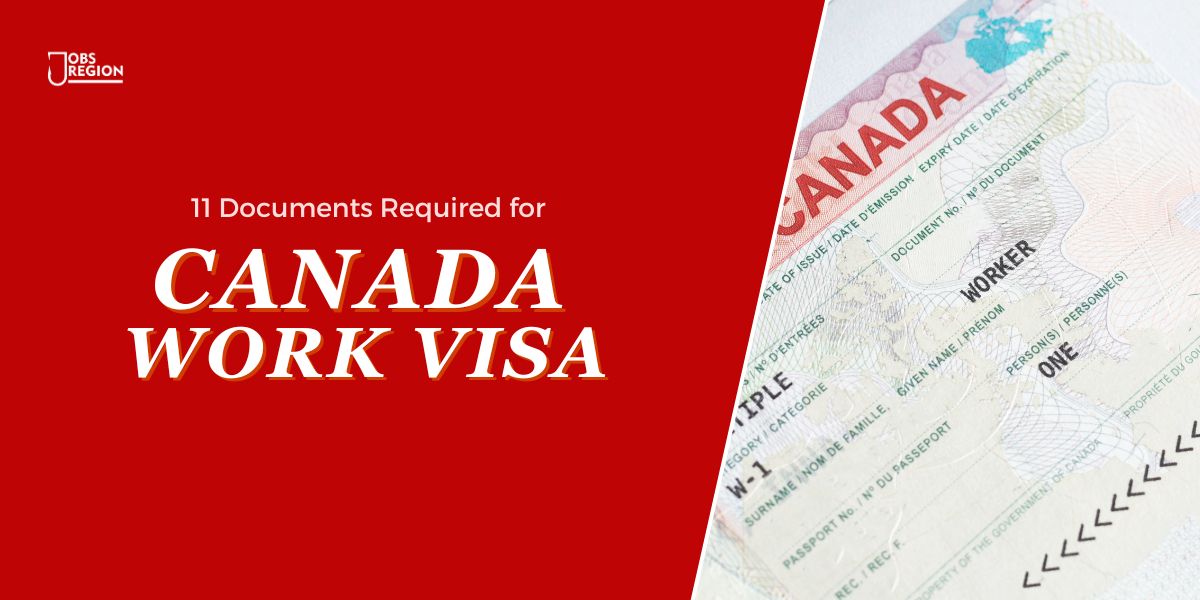Advertisements
What is a Work Visa?
A work visa is an official document that allows a foreign national to work legally in a country for a specific period. This visa is usually tied to a particular job or employer and can vary significantly depending on the country’s immigration laws. In Canada, the work visa is a key pathway for foreign nationals seeking to gain employment and potentially pave the way for permanent residency.
Types of Work Visas in Canada
Canada offers several types of work visas, each catering to different circumstances:
Temporary Foreign Worker Program (TFWP)
- Designed for employers who need to hire foreign workers to fill temporary labor and skill shortages.
- Requires a Labour Market Impact Assessment (LMIA) to demonstrate that no Canadian workers are available for the job.
International Mobility Program (IMP)
- Allows employers to hire foreign workers without an LMIA.
- Includes categories like intra-company transferees, International Experience Canada (IEC), and other agreements under free trade agreements.
Open Work Permits
- Not job-specific and do not require an LMIA.
- Available under specific programs such as the Post-Graduation Work Permit (PGWP) for international students, Spousal Open Work Permit, and others.
Steps to Get a Canada Work Visa
Determine Your Eligibility
Before applying, ensure you meet the basic requirements for a Canadian work visa:
- Job Offer: Generally, you need a valid job offer from a Canadian employer.
- LMIA: For many job categories, your employer must obtain a positive LMIA from Employment and Social Development Canada (ESDC).
- Qualifications: You must have the necessary skills, education, and experience for the job.
Obtain a Labour Market Impact Assessment (LMIA)
Most employers need to obtain an LMIA, which confirms that there is a need for a foreign worker and no Canadian worker is available to do the job. The steps include:
- Employer Applies: The Canadian employer must apply to ESDC for an LMIA.
- Assessment: ESDC will assess the application to ensure the job cannot be filled by a Canadian worker.
- Approval: If approved, the employer receives a positive LMIA, which is then provided to the foreign worker.
Gather Required Documents
Prepare the necessary documentation for your work permit application:
Advertisements
- Job Offer Letter: A formal job offer from your Canadian employer.
- LMIA: A copy of the positive LMIA (if applicable).
- Proof of Identity: Valid passport and other identification documents.
- Proof of Qualifications: Education credentials, professional qualifications, and work experience letters.
- Language Proficiency: Proof of English or French language skills, if required.
Apply for the Work Visa
Submit your application online through the Immigration, Refugees and Citizenship Canada (IRCC) portal. The application process includes:
- Completing the Form: Fill out the necessary application forms accurately.
- Paying Fees: Pay the required application fees.
- Biometrics: Provide biometric information (fingerprints and photos) if required.
- Medical Examination: Undergo a medical examination if your job poses public health risks or you will be working in healthcare, childcare, or primary/secondary education.
Processing and Decision
After submission, your application will be processed by IRCC. The processing time can vary based on several factors, including the country of application and the type of work permit. You can check the status of your application online.
Receive the Work Visa
If your application is approved, you will receive a Port of Entry (POE) Letter of Introduction. Present this letter to a border services officer upon arrival in Canada to receive your actual work permit.
Tips for a Successful Application
- Accuracy: Ensure all information provided in your application is accurate and truthful.
- Completeness: Submit all required documents to avoid delays.
- Timeliness: Apply well in advance of your intended start date to account for processing times.
Pathways to Permanent Residency
Many work visa holders in Canada can transition to permanent residency through various immigration programs:
- Express Entry System: Skilled workers can apply for permanent residency through the Federal Skilled Worker Program, Federal Skilled Trades Program, or Canadian Experience Class.
- Provincial Nominee Program (PNP): Provinces and territories nominate workers for permanent residency based on regional labor market needs.
- Canadian Experience Class (CEC): Temporary workers with at least one year of Canadian work experience can apply for permanent residency.
Conclusion
Obtaining a work visa in Canada is a multi-step process that requires careful planning and preparation. By understanding the types of work visas available, meeting eligibility requirements, and following the application steps meticulously, foreign workers can successfully secure employment in Canada. Moreover, a Canadian work visa can be a significant step towards achieving permanent residency and building a prosperous future in Canada. For more detailed information and the latest updates, visit the IRCC website.
Advertisements
